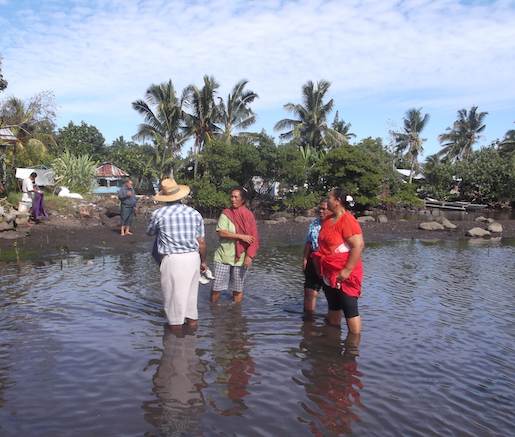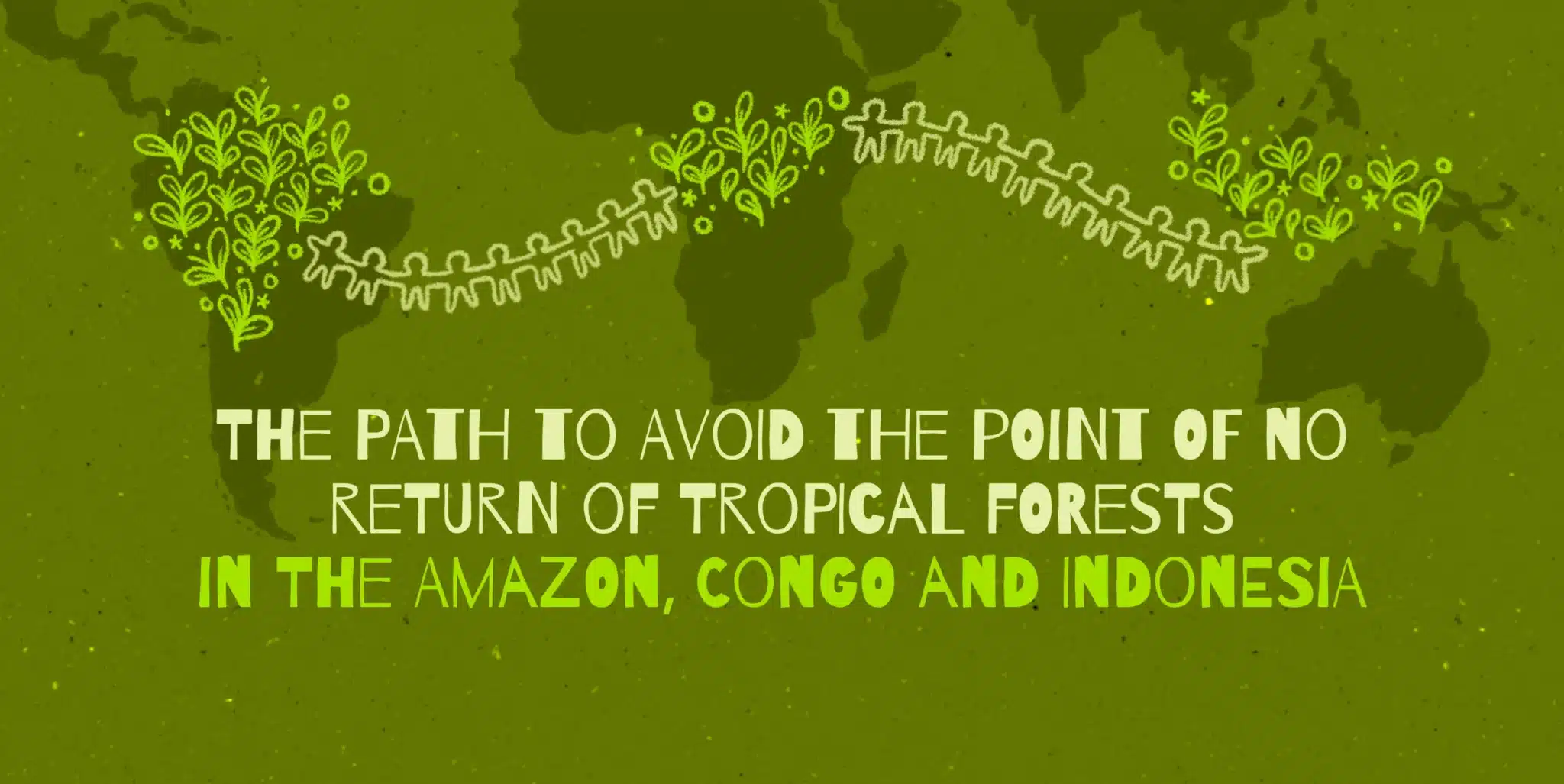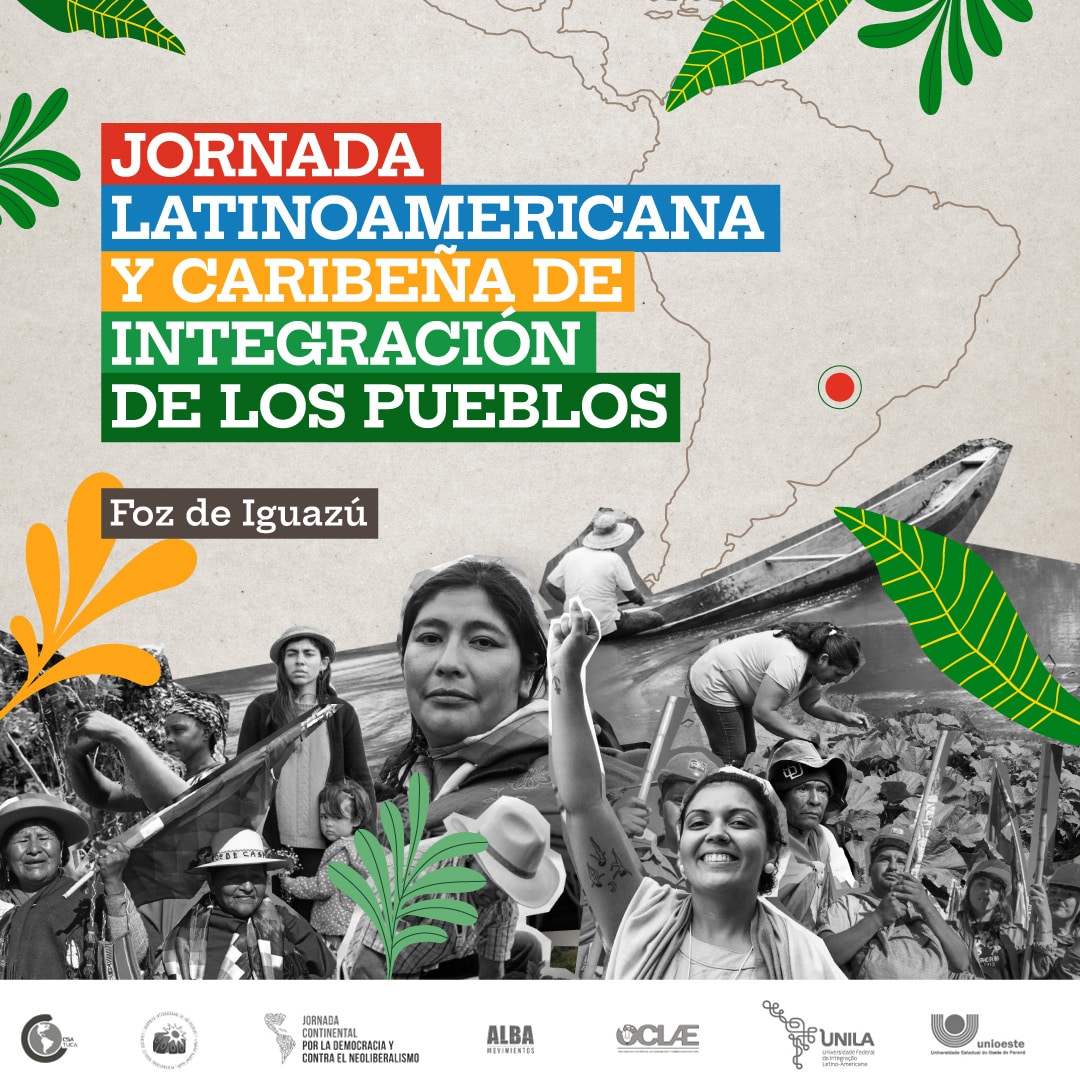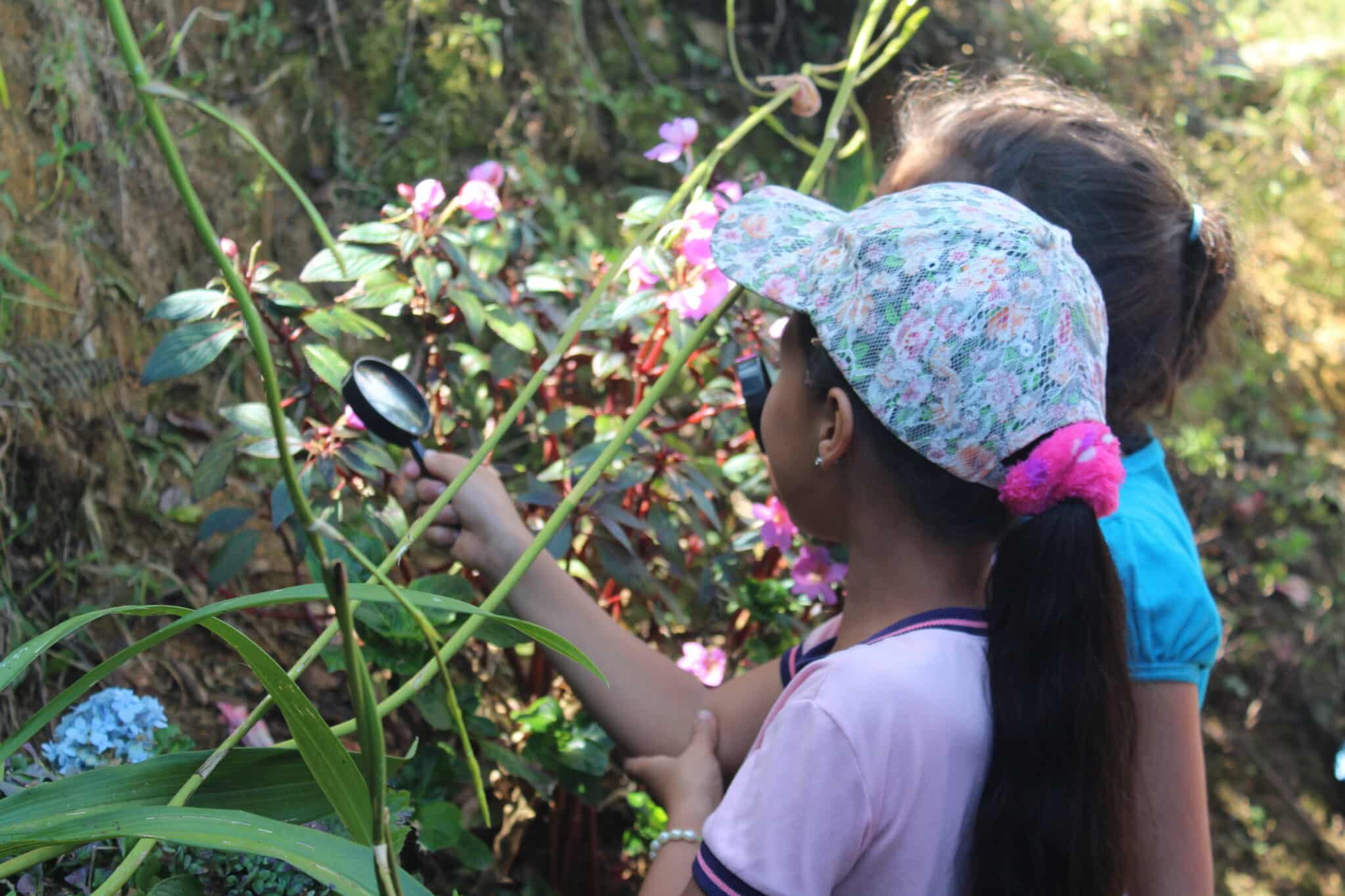By Holly Jonas, CCRI Regional Resource Person and Legal Team Coordinator
There is increasing scientific, political and legal recognition that conservation and restoration initiatives by indigenous peoples and local communities contribute significantly to biodiversity conservation and resilience and adaptation to climate change. However, these initiatives face a range of external and internal threats. All too often the forms of support provided by external actors are neither identified nor requested by the peoples and communities themselves and may further undermine their resilience.
The Community Conservation Resilience Initiative (CCRI) aims to provide community-determined policy advice on effective and appropriate forms of support for their conservation and restoration initiatives, and in turn contribute to the implementation of the Convention on Biological Diversity’s 2011-2020 Strategic Plan and Aichi Targets. Over the next four years and in at least 20 countries, communities and supporting organisations will conduct bottom-up participatory assessments of the resilience of their conservation initiatives and determine forms of support that should be provided to sustain and strengthen them.
The Solomon Islands, a Melanesian archipelago comprised of hundreds of islands dotting the waters between Papua New Guinea and Vanuatu, is one of the 20 countries undertaking the CCRI. The Network of the Indigenous Peoples-Solomons (NIPS) is facilitating the process and focusing in the first instance on two communities: Fera Subua and Sulufou in northeast Malaita, Malaita province.
Both communities have long-standing traditions as seafarers and fisherfolk, with customary trade and exchange systems based on shell money, among other things. Customary tabu systems restrict access and resource use in fishing grounds, mangroves and sacred areas on a seasonal or permanent basis. Some people also cultivate cash crops such as taro and yam.
The people of Fera Subua and Sulufou also face internal and external challenges such as burgeoning populations and high costs of living, land disputes, conflicts between customary and national laws, declining recognition of traditional leadership and governance systems, and the influence of Western lifestyles. Sea level rise is one of the biggest threats to community resilience, as it negatively affects farming and is expected to force coastal communities to relocate to inland areas.
Bookending the country’s 37th Independence Day celebrations, NIPS held a two-day workshop in July 2015 in the capital city, Honiara. Overall, the workshop aimed to: a) consolidate the findings of the community conservation resilience assessments undertaken up to that point; b) share information with other actors about the global and national CCRI processes; and c) further constructive dialogue and engagement about how to strengthen the resilience of community conservation initiatives in the Solomon Islands in light of local and global threats.
The first day was comprised only of community participants and included presentations on the CCRI and its guiding methodology (Simone Lovera) and experiences to date from other countries (Holly Jonas). NIPS’ coordinator, Aydah Gwaena, shared an overview of the assessments findings from both communities, focusing on their identities, stories of origin and core values and their natural, social-cultural, economic, political, institutional and legal foundations. The community members then further discussed key issues such as their desires to revitalise customary governance systems (including by constructing a ‘custom house’ for key decision-making processes and housing of cultural artefacts), ensure transmission of traditional knowledge to younger generations, learn about land management, and proactively address issues arising from resettlement (including women’s access to water and conflicts with existing land-owners).
In the second day of the workshop, representatives from government, civil society, donors and the media joined the community participants. Following introductory presentations about NIPS, GFC and the CCRI, Joe Horokou (Director of Environment and Conservation Division, Ministry of Environment, Climate Change, Disaster Management and Meteorology) provided an update on the government’s efforts to revise the National Biodiversity Strategy and Action Plan, underscored their appreciation for the work of NGOs, and acknowledged that communities can apply to conserve their areas under the Protected Areas Act 2010.
Summarising the first day’s discussions, James Iroga (community representative) presented on the resilience assessments to date and James Meimana (NIPS) provided an overview of the key national environmental laws and issues in relation to customary law, highlighting gaps as well as conflicts between them and opportunities for improved implementation and reform.
Josiah Maesua (GEF-SGP National Coordinator) shared information about the Small Grants Programme (SGP) and its priority areas (biodiversity, climate change and land degradation) and alluded to the integrated landscape/seascape approach which will be undertaken in Operational Phase 6, including a focus on protected and conserved areas and governance diversity, quality and vitality. Following a presentation by William Atu (Director of The Nature Conservancy) about ‘ridge-to-reef’ approaches to conservation, participants broke out into three discussion groups, focusing on: (a) fundraising, (b) technical support, and (c) legal recognition.
Overall, the participants emerged with a clearer vision of how to take forward the CCRI in the Solomon Islands, which will include additional workshops and assessment activities in both communities, the addition of a third community, national baselines, and fundraising efforts among other things. The community representatives voiced their appreciation for the workshop’s primary focus on what is happening in the communities themselves and on recognising and valuing indigenous knowledge systems and traditions, which are all too often cast aside in favour of Western scientific approaches to conservation.




